
Ever pondered why some relationships simply don't last?
Unlock the secrets to relationship success by understanding yourself and your partner's personality. Knowing your MBTI is a great guide and could help you avoid a mismatch! Take the test here.
The Myers-Briggs Type Indicator (MBTI), a personality assessment was created during World War II, to help women find suitable wartime careers. It categorises individuals using four dichotomies, Extraversion/Introversion, Sensing/Intuition, Thinking/Feeling, and Judging/Perceiving.
What could possibly be the worst case of a mismatch? When you travel together, it's going to be chaotic. Find your perfect travel companion here!
1. INTJ (The Architect) vs. ESFP (The Entertainer)
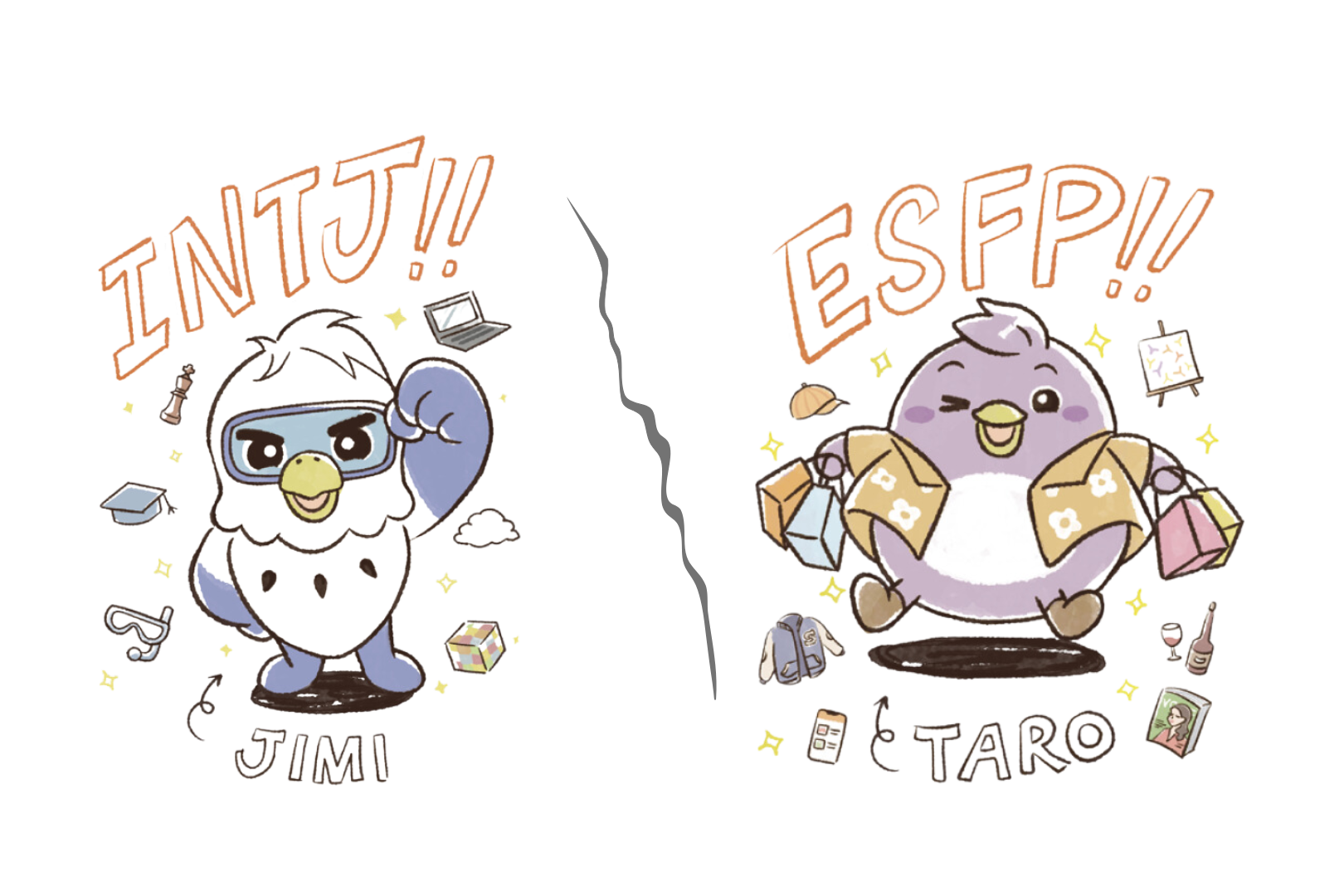
INTJ: Strategic, independent, and future-focused. They value efficiency, knowledge, and long-term planning.
ESFP: Energetic, spontaneous, and sensory-focused. They live for the moment and enjoy socialising, entertainment, and hands-on experiences.
Key Conflict: INTJs may find ESFPs frivolous or impulsive, while ESFPs may see INTJs as cold or overly serious.
Scenario: The INTJ plans a romantic dinner at home, carefully selecting a recipe weeks in advance and ensuring the ambiance is perfect. They envision a deep, meaningful conversation. The ESFP surprises the INTJ with tickets to a concert, hoping for a fun night out dancing and enjoying the music. The INTJ feels their efforts are unappreciated, while the ESFP feels stifled by the INTJ’s lack of spontaneity.
Result: The ESFP feels rejected by the INTJ’s disapproval, while the INTJ feels overwhelmed by the ESFP’s need for constant excitement.
2. ISTJ (The Inspector) vs. ENFP (The Inspirer)
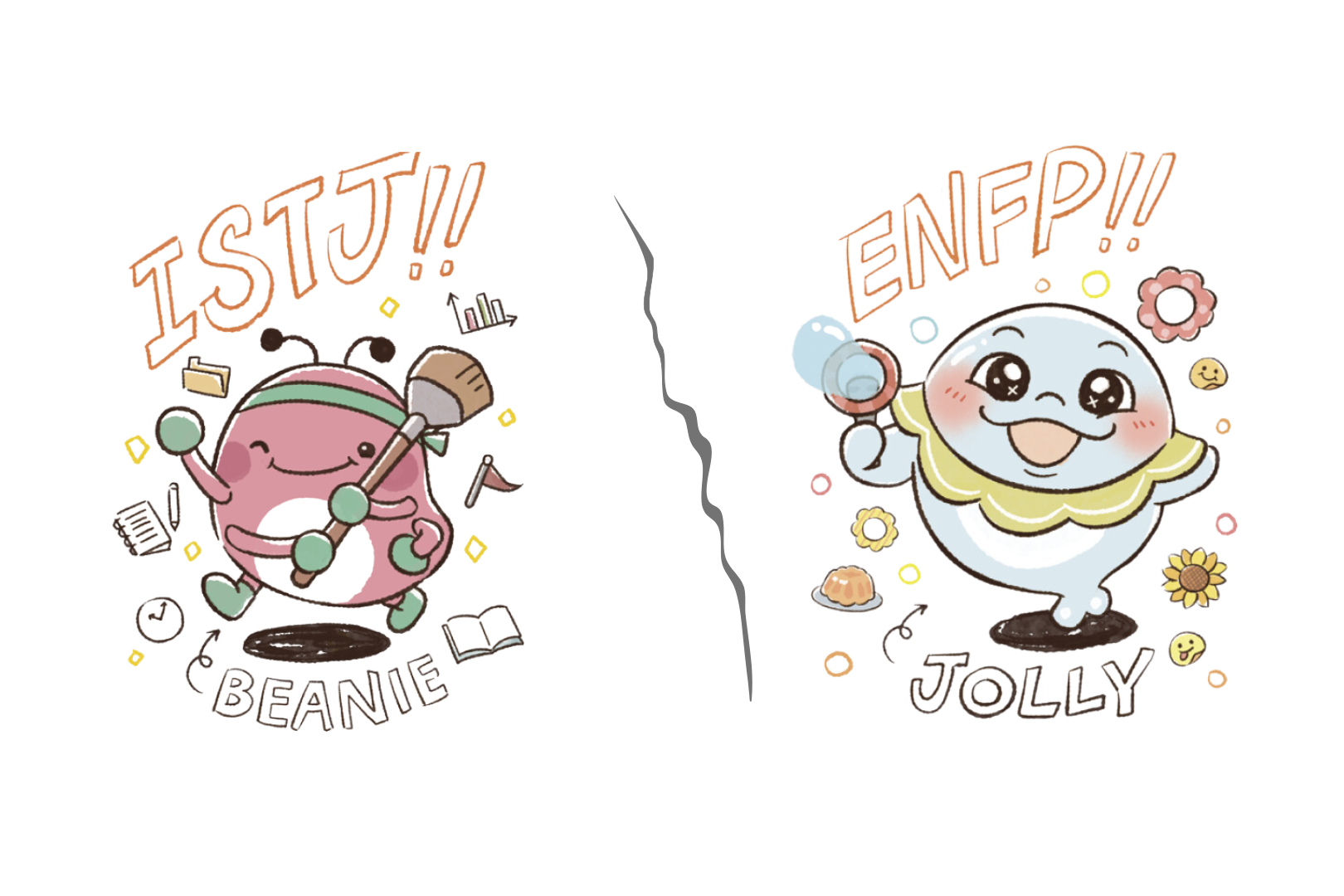
ISTJ: Detail-oriented, practical, and traditional. They value structure, order, and established procedures.
ENFP: Enthusiastic, creative, and people-focused. They are driven by possibilities, innovation, and making connections.
Key Conflict: ISTJs may find ENFPs disorganised and unrealistic, while ENFPs may see ISTJs as rigid and unimaginative.
Scenario: For their anniversary, the ISTJ plans a traditional dinner at their usual restaurant and gifts a practical household item. The ENFP, however, has secretly booked a weekend getaway filled with adventurous activities and surprises. The ISTJ feels uncomfortable with the deviation from their routine, while the ENFP feels their creativity and effort are unappreciated.
Result: The ENFP feels stifled by the ISTJ's need for predictability, while the ISTJ feels overwhelmed by the ENFP's constant need for novelty.
3. ESTJ (The Executive) vs. INFP (The Idealist)
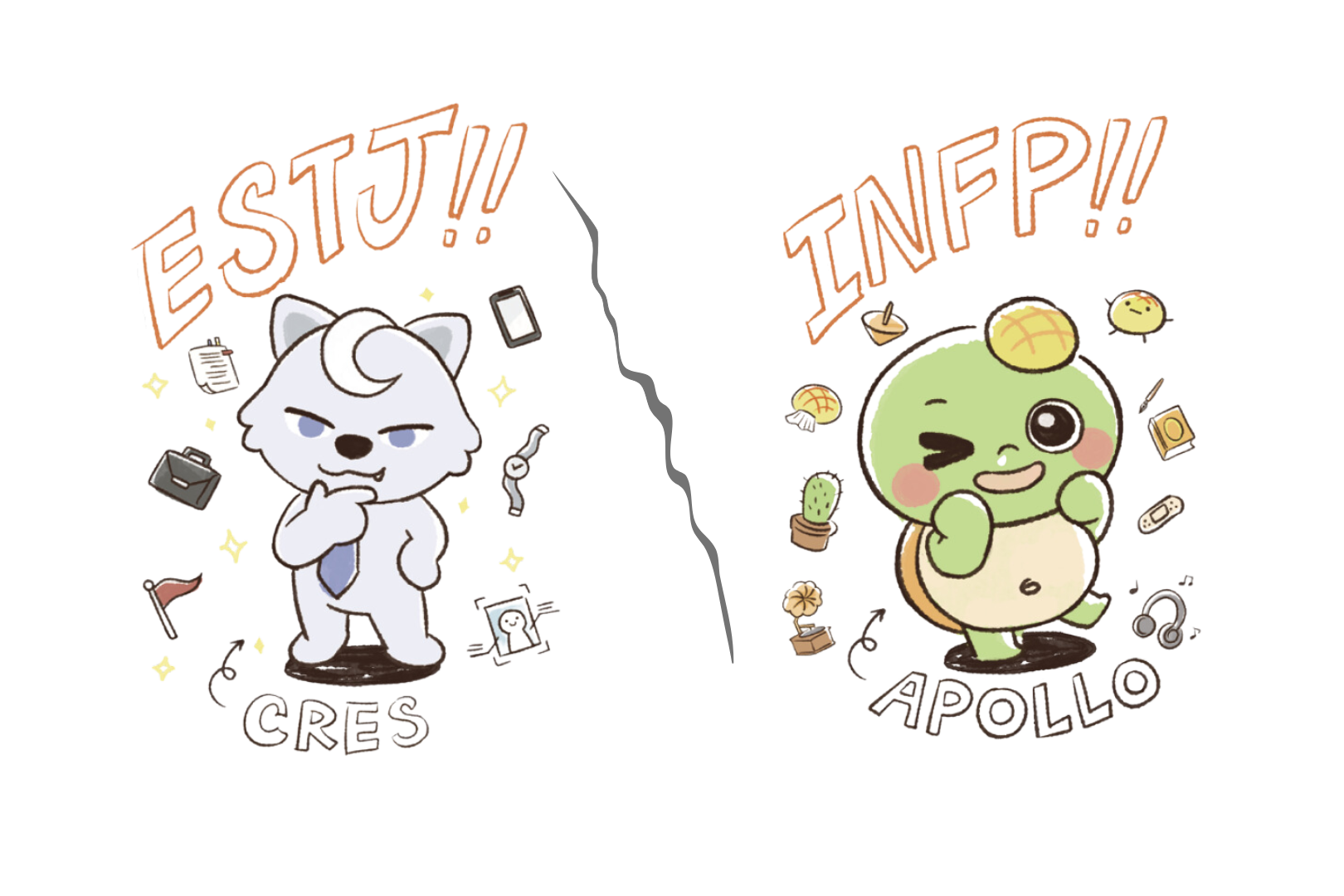
ESTJ: Organised, decisive, and results-oriented. They value efficiency, productivity, and clear expectations.
INFP: Empathetic, compassionate, and values-driven. They are guided by their inner feelings, personal beliefs, and desire for meaning.
Key Conflict: ESTJs may find INFPs impractical and overly sensitive, while INFPs may see ESTJs as insensitive and overly controlling.
Scenario: The ESTJ expresses love through acts of service, like taking care of chores and providing financial stability. The INFP craves emotional intimacy and deep conversations about their feelings and values. The ESTJ feels their efforts are not recognised, while the INFP feels emotionally neglected.
Result: The INFP feels undervalued and misunderstood by the ESTJ, while the ESTJ feels frustrated by the INFP’s perceived neediness.
4. ENTJ (The Commander) vs. ISFP (The Artist)
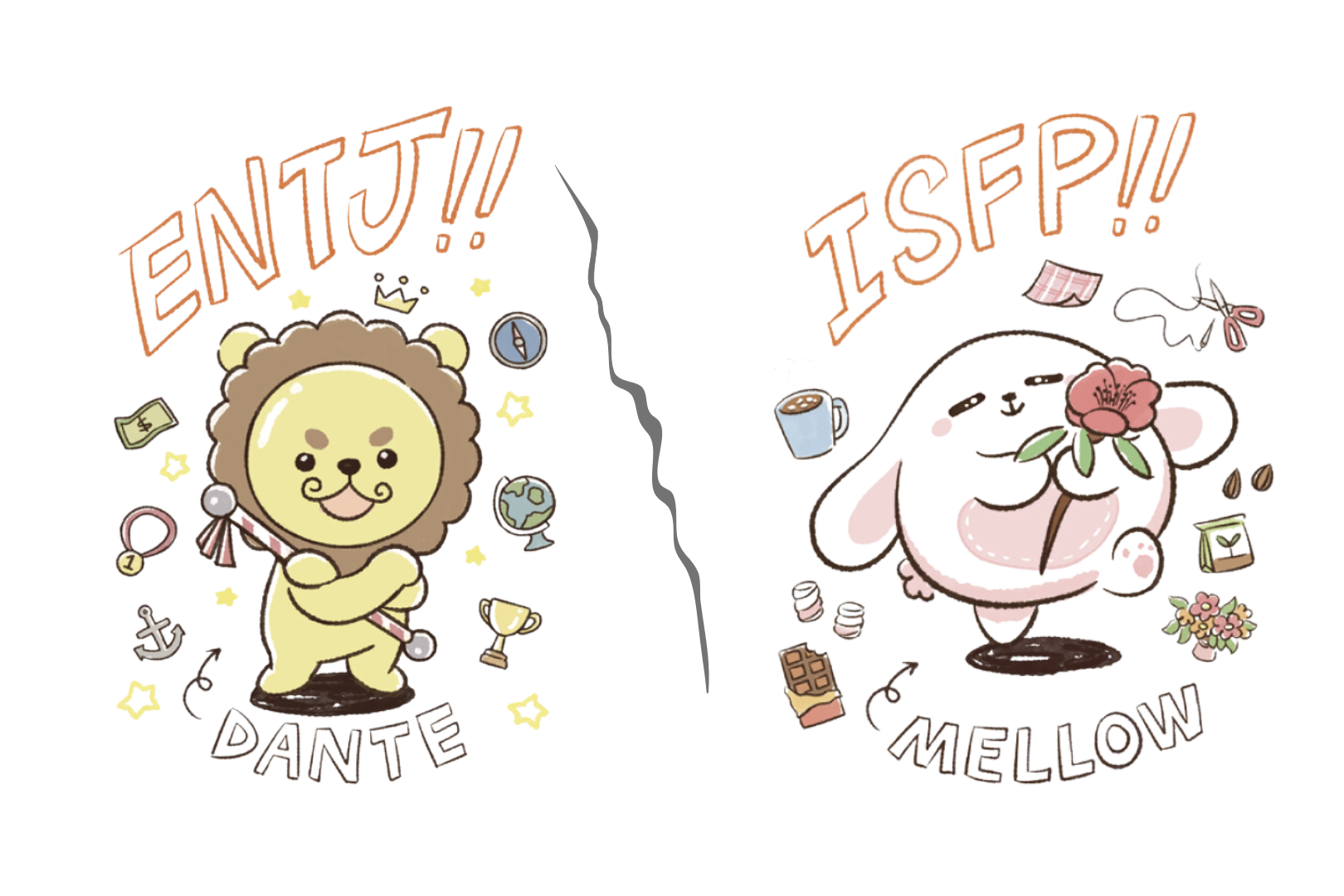
ENTJ: Strategic, assertive, and visionary. They value leadership, achievement, and long-term goals.
ISFP: Gentle, artistic, and present-focused. They are driven by their senses, personal values, and desire for authentic expression.
Key Conflict: ENTJs may find ISFPs passive and unambitious, while ISFPs may see ENTJs as domineering and insensitive.
Scenario: The ENTJ plans a date night with a clear agenda. Dinner at a trendy new restaurant followed by a networking event. The ISFP would prefer a quiet evening spent exploring a local art gallery or enjoying a leisurely walk in nature. The ENTJ feels the ISFP is holding them back, while the ISFP feels pressured and overwhelmed by the ENTJ’s ambitious lifestyle.
Result: The ISFP feels suffocated by the ENTJ's need for control and structure, while the ENTJ feels frustrated by the ISFP’s perceived lack of drive.
5. INTP (The Logician) vs. ESFJ (The Caregiver)
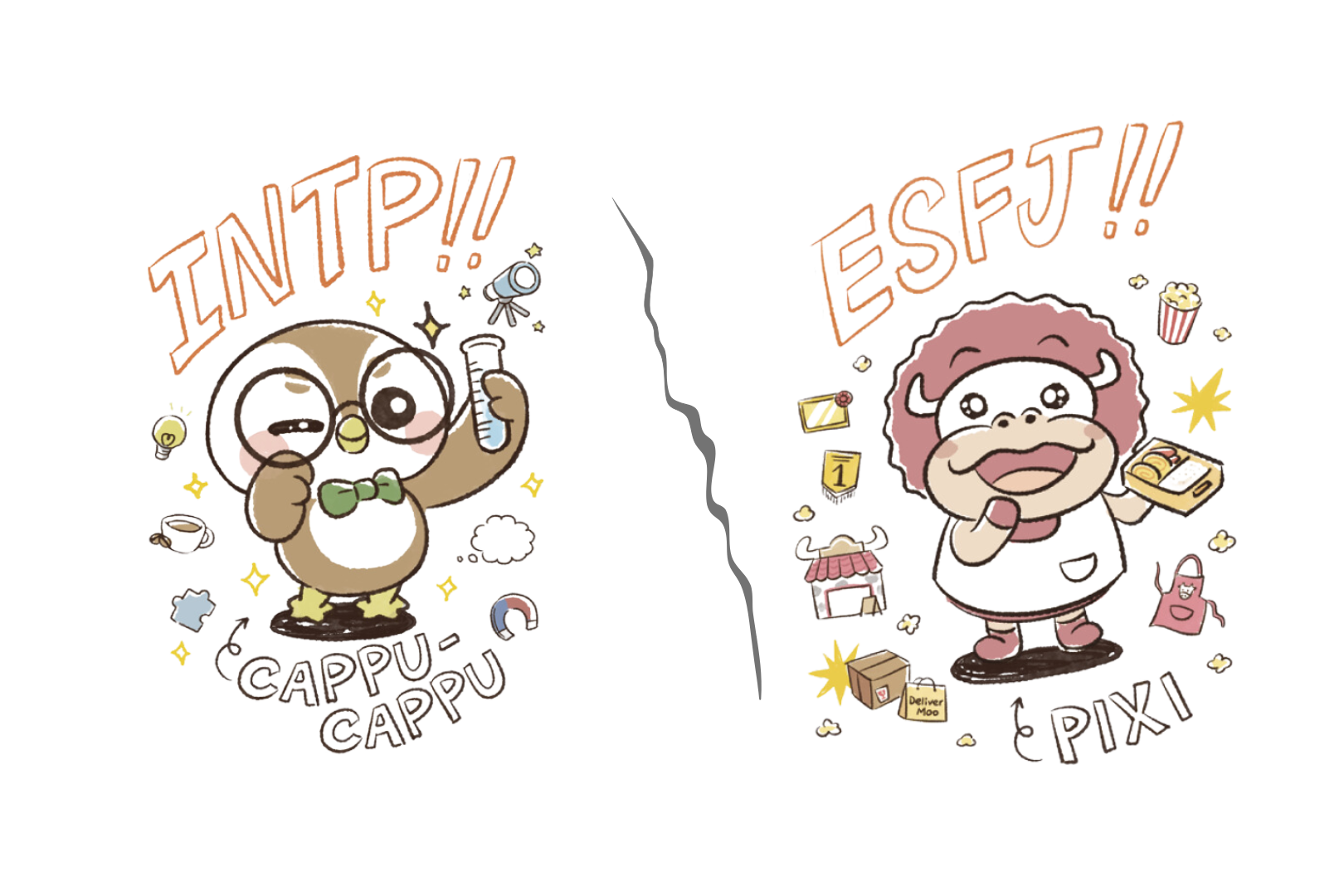
INTP: Analytical, curious, and independent. They value logic, knowledge, and intellectual exploration.
ESFJ: Supportive, sociable, and caring. They are driven by their desire to help others, maintain harmony, and uphold social norms.
Key Conflict: INTPs may find ESFJs superficial and overly concerned with social conventions, while ESFJs may see INTPs as detached and insensitive to others' feelings.
Scenario: The INTP expresses affection through intellectual stimulation, engaging in debates and sharing their knowledge. The ESFJ prefers physical touch, words of affirmation, and quality time spent together. The INTP feels misunderstood and unappreciated, while the ESFJ feels emotionally neglected.
Result: The ESFJ feels unloved and unimportant to the INTP, while the INTP feels smothered by the ESFJ’s emotional needs.
6. ISTP (The Virtuoso) vs. ENFJ (The Protagonist)
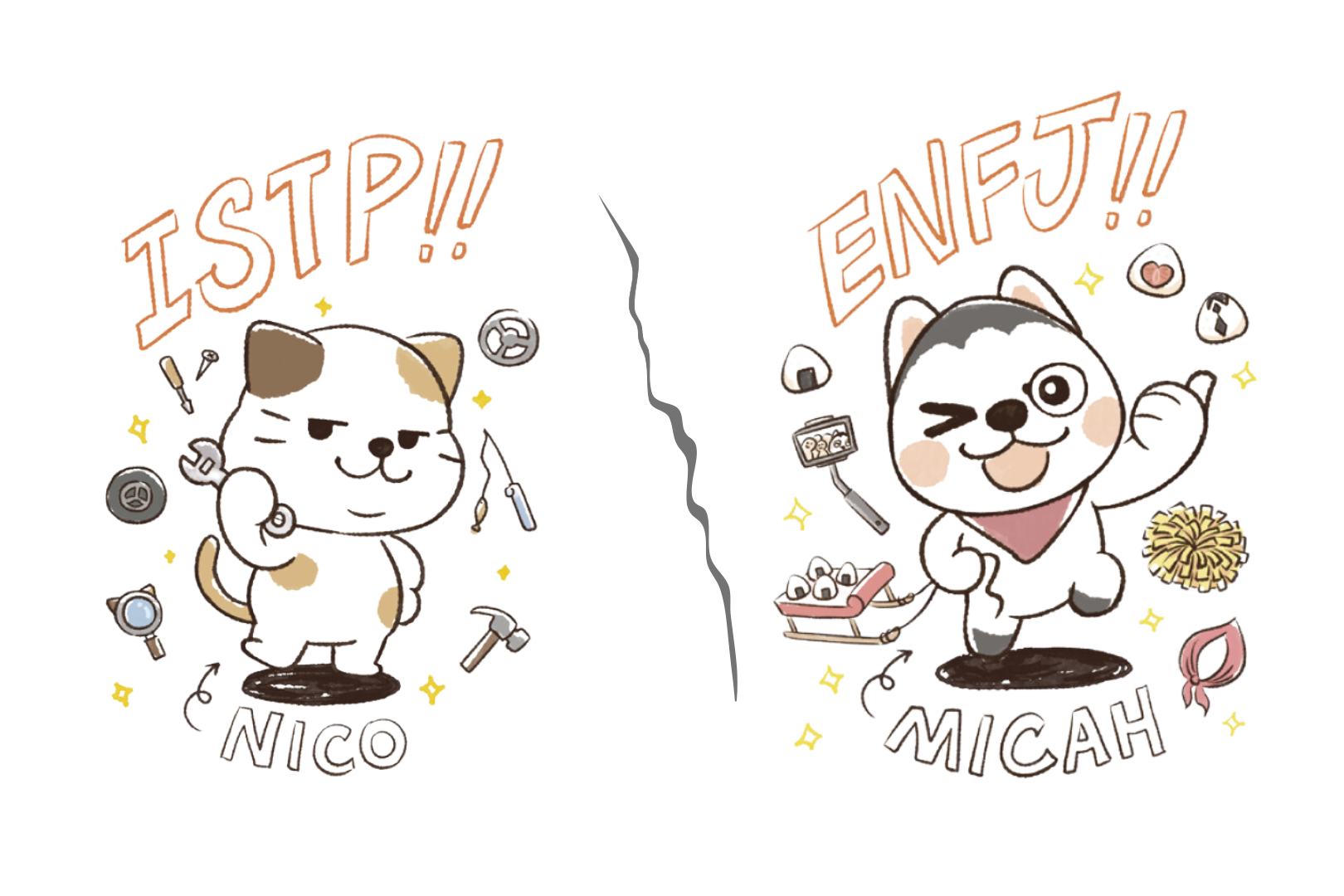
ISTP: Practical, adaptable, and action-oriented. They value freedom, independence, and hands-on experiences.
ENFJ: Charismatic, empathetic, and idealistic. They are driven by their desire to inspire others, promote harmony, and make a positive impact.
Key Conflict: ISTPs may find ENFJs overly emotional and manipulative, while ENFJs may see ISTPs as detached and uncaring.
Scenario: The ISTP shows love through acts of service, fixing things around the house or helping with practical tasks. The ENFJ desires verbal affirmation, emotional intimacy, and grand gestures of love. The ISTP feels their efforts are not recognised, while the ENFJ feels emotionally unfulfilled.
Result: The ENFJ feels unloved and unappreciated by the ISTP, while the ISTP feels pressured by the ENFJ’s emotional intensity.
7. ENTP (The Debater) vs. ISFJ (The Defender)
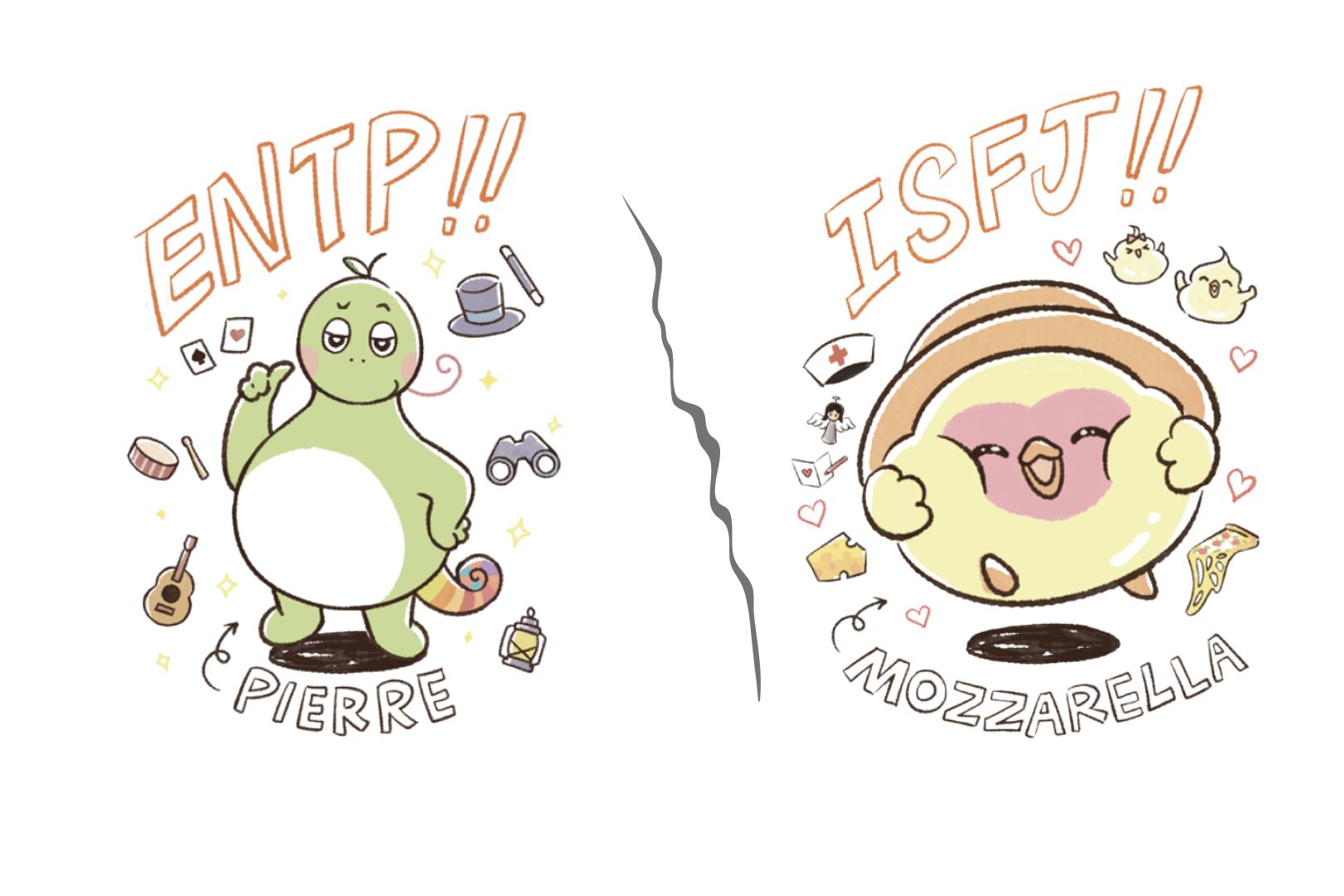
ENTP: Innovative, curious, and intellectually playful. They value debate, exploration of ideas, and challenging the status quo.
ISFJ: Loyal, supportive, and detail-oriented. They are driven by their desire to help others, maintain stability, and uphold traditions.
Key Conflict: ENTPs may find ISFJs overly traditional and resistant to change, while ISFJs may see ENTPs as disruptive and disrespectful of established norms.
Scenario: The ENTP expresses love through playful banter, intellectual challenges, and spontaneous adventures. The ISFJ prefers consistency, reliability, and expressions of love through acts of service and quality time. The ENTP feels their spontaneity is being stifled, while the ISFJ feels insecure and unappreciated.
Result: The ISFJ feels anxious and hurt by the ENTP’s unpredictable nature, while the ENTP feels bored and restricted by the ISFJ’s need for routine.
8. INFJ (The Advocate) vs. ESTP (The Entrepreneur).
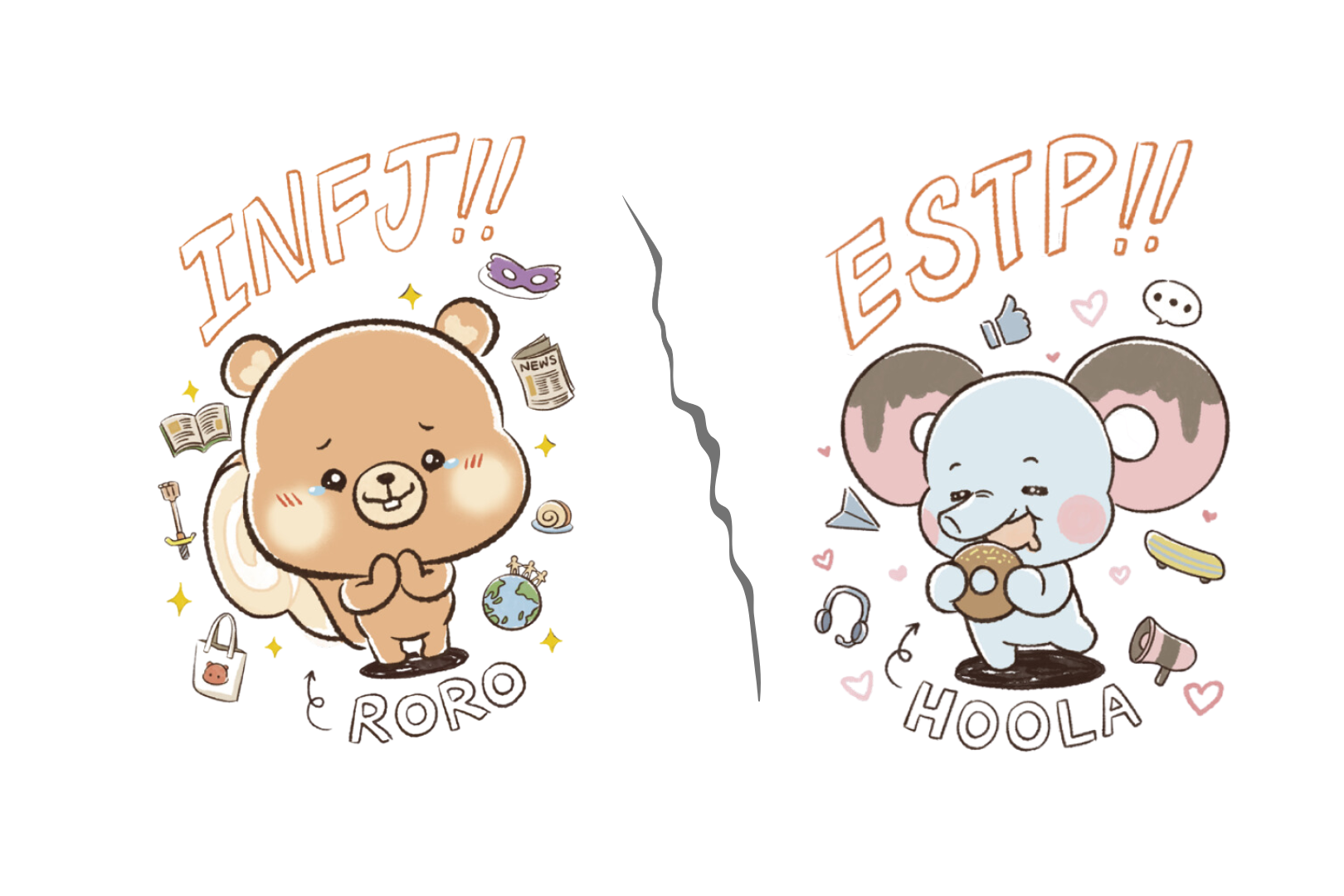 ESTP: Outgoing, adventurous, and pragmatic. They value excitement, action, and immediate results.
ESTP: Outgoing, adventurous, and pragmatic. They value excitement, action, and immediate results.
INFJ: Insightful, compassionate, and idealistic. They are driven by their desire to make a difference, promote social justice, and connect with others on a deep level.
Key Conflict: ESTPs may find INFJs unrealistic and overly sensitive, while INFJs may see ESTPs as superficial and lacking in depth.
Scenario: The ESTP plans a surprise weekend trip filled with thrilling activities and social events. The INFJ craves deep conversations, meaningful connections, and quiet time for reflection. The ESTP feels their efforts to create excitement are not appreciated, while the INFJ feels overwhelmed and drained by the constant activity.
Result: The INFJ feels misunderstood and emotionally exhausted by the ESTP, while the ESTP feels frustrated by the INFJ’s perceived lack of enthusiasm.
Did you notice any similarities here? Well, there’s one key thing they all have in common! Each pairing consists of types that are opposites in every letter, making them some of the most challenging combinations to navigate.
Share This:

